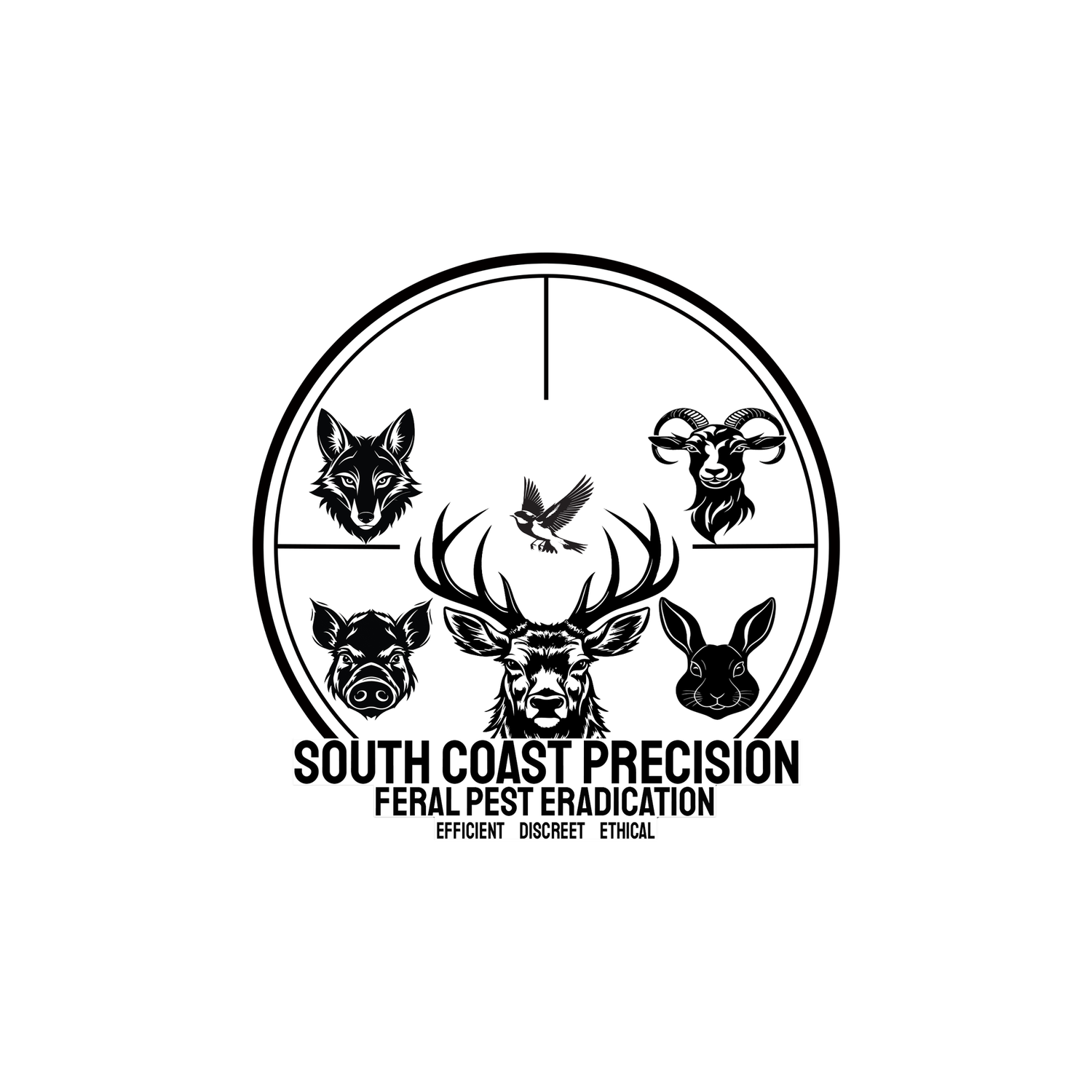
Fox
Fox
Scientific name: Vulpes vulpes
Common name/s: Fox, European Red fox
History:
The fox (Vulpes vulpes) was introduced into Australia in the 19th century as a game species for early European settlers who were wanting to establish similar hunting traditions to their homelands.
However, not all were successfully hunted and they adapted quickly, soon calling Australia home where they flourished. This eventually became a problem and now impacts many areas of Australia from an economical, agricultural and environmental perspective.
It is now estimated according to a 2024 report by Simon Rodgers from ABC Ballarat that the fox population with in Australia stands at approximately 1.7 million.
Ecology:
They are incredible hunters and primarily nocturnal, however they can be seen at the very early hours of the morning. In some areas where human activity is at a minimum they can be seen out during the day.
They can be commonly found in urban areas, areas with high levels of livestock or even at your back door in areas where housing encroaches the bush.
Their diet consists of small mammals, birds and reptiles but being opportunistic will eat almost anything they can get their jaws around.
In areas where they live close to suburbia they can often be found feeding on residential rubbish either out of bins or even the local tip. They are also known to feed on left out pet food
The drive for prey becomes stronger during the breeding season due to the extra demands of young as they start to ween off milk, roughly at 3 weeks of age. Foxes breed once a year with pairs forming around the months of June to July and give birth to kits (baby fox) around the months of August and September. The average kit litter size is 4.
Outside of breeding season they are usually solitary.
Impacts:
The impact within Australia that the fox has presented spans fair and wide across the continent.
From a livestock and agricultural perspective foxes are an absolute nightmare. Farmers, particularly those who raise sheep and poultry experience the worst. Some sheep farmers report loosing up to 30% of their lambs per season to foxes.
Foxes are a very smart creature and know when lambing season is in full swing and some have reported foxes standing by to wait for ewes (female sheep) to lay down to give birth or begin feeding on lambs as they are being born.
Australia as a whole experiences economical losses of around $227 million in damages from an environmental and agricultural stand point.
Cows and calves aren’t safe due to their larger size, foxes are also known to attack calves as they are learning to walk or attack the udders of cows. This causes significant stress and injury thus resulting in further stock loss.
Further to the environmental impacts the fox also consumes large numbers of native animals and are one of the primary causes in the decreasing numbers of native species such as with the Night parrot and bilby or worse bringing many natives close extinction.
Foxes can also be transmitters for a number of diseases and parasites such as mange, worms and distemper that can be carried over to household dogs. This becoming more prevalent and common in areas when housing pushes closer to the bush thus increasing the contact between foxes and dogs.
Many of the parasites that foxes can carry may also be passed to humans through contact of faeces or humans simply interacting with their dogs after they have come into contact with fox droppings.
Control methods:
In Australia we utilise a variety of methods to help control the fox population and minimise their effects.
Methods incorporated include trapping, baiting and ground shooting. These three methods are applied both on private and public land.
Trapping is just that, traps are placed in strategic areas and items such as cat food or believe it KFC are used to entice the fox to enter the trap. Once the fox enters the trap its weight sets off the trap with the door rapidly closing. Traps are then checked regularly.
Should a fox become trapped, it is then humanly euthanised by the use of a firearm. Jaw style traps are also used but less common these days as they are seen as less humane.
The problem with trapping is that many other animals enjoy these foods resulting in a trap going off but catching the wrong animal. These incorrectly trapped species if native are set free.
Baits are in the form of a bait called 1080. This is a very common bait used, unfortunately it does come at the cost of some by-catch hence why it is used as a last resort or in areas where the fox numbers are simply out of control.
The last method of ground shooting is perhaps the best of both worlds, it offers and effective yet relatively cheap alternative. Professionally trained and certified contract shooters use the cover of dark and work during the foxes busy period to be as effective as they can.
The use special night vision and thermal imaging to enhance their vision at night to humanly and ethically control fox numbers. Contract shooters are able to have control over what is taken unlike baits and traps which can have by-catch.
Contract shooters are also another set of eyes for farmers as they are able to keep an eye on livestock during the night and keep farmers updated in regards to injured or sick live stock.





